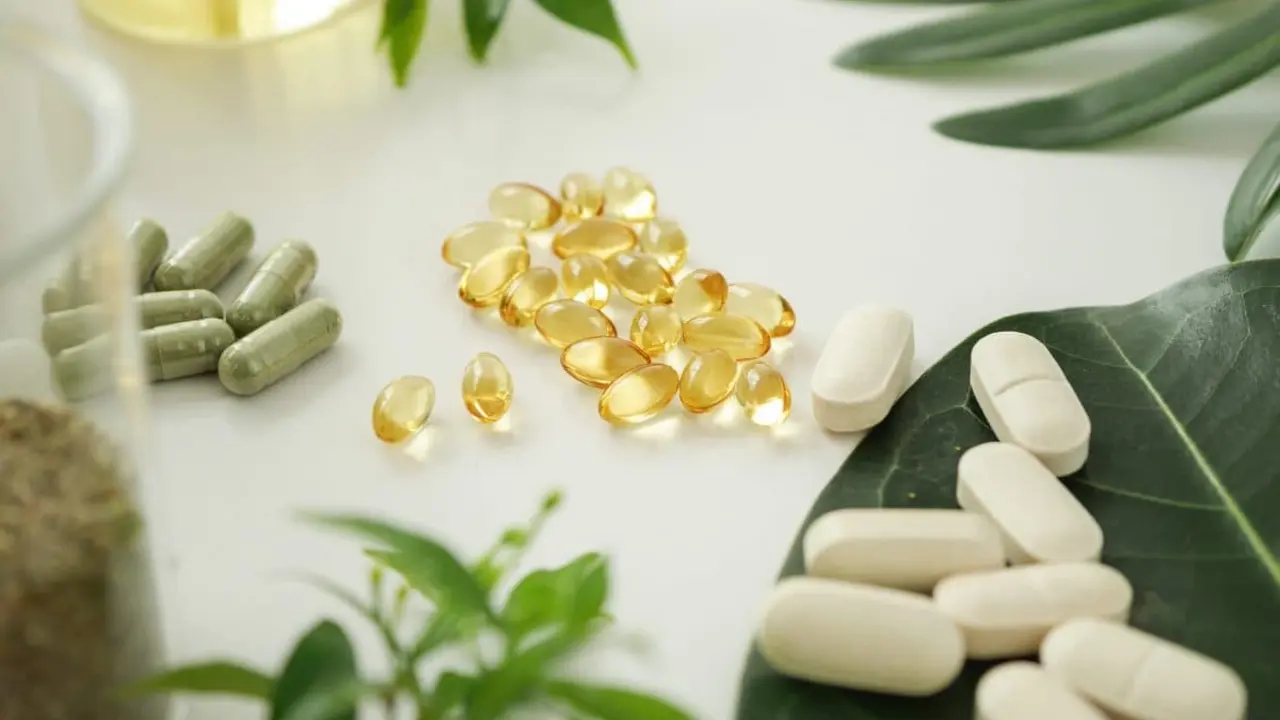Science behind Goutweed (Aegopodium podagraria)
Goutweed looks like a common garden plant, but people have used it for joint pain, swelling, and other complaints for centuries. The question many ask is: does the science back those uses? Short answer: there’s some lab evidence pointing to helpful compounds, but strong human studies are limited. That means goutweed shows promise, not proven cures.
What lab research shows
Researchers have tested goutweed extracts and found several active groups of chemicals. Flavonoids and phenolic compounds act as antioxidants, which can lower inflammation in cell and animal tests. Some studies report mild anti-inflammatory effects that could explain traditional use for sore joints. Other compounds—like coumarins and volatile oils—may change blood flow or act as mild diuretics, which folk medicine links to easing gout symptoms by helping the body remove uric acid.
Important detail: most positive findings come from test-tube or animal work. Those studies tell us how the plant behaves in controlled conditions, but they don’t prove safe, effective doses for people. The amount of active compounds varies a lot by where the plant grows and how it’s prepared, so results are inconsistent.
Using goutweed safely and practically
People use goutweed in two main ways: eating young leaves (they’re edible and have a parsley-like taste) or making topical poultices and teas. If you try fresh leaves in salads or cooked like greens, start small—some people tolerate it fine, others get mild stomach upset.
Topical use for sore joints is common. A quick homemade compress involves bruised leaves wrapped on the painful spot for 15–20 minutes. That can feel soothing, but it’s mainly a comfort measure rather than a proven medical treatment.
Watch for risks: goutweed can contain furocoumarins, chemicals that may cause skin sensitivity to sunlight in some people. If you plan to apply it to skin, test a small area first and avoid sun exposure on treated skin for 24–48 hours. Also, if you take blood thinners or other medicines, talk to your doctor before using goutweed—plant compounds can affect how some drugs work.
What about dosage? There’s no standardized, research-backed dose for goutweed. That’s another reason to be cautious. If you want to try it for a chronic issue, discuss it with a healthcare provider and treat it as a complementary step, not a replacement for prescribed therapies.
To sum up: goutweed contains compounds with antioxidant and mild anti-inflammatory activity in lab studies, and people report real comfort from culinary or topical use. Human clinical trials are scarce, so use it cautiously, watch for skin reactions, and check with your clinician if you’re on medication or have ongoing health issues.

